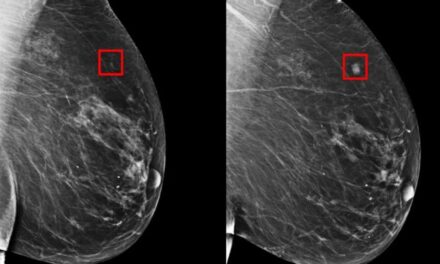Many fitness enthusiasts experience a frustrating phenomenon: headaches during or after exercise, despite adequate water intake. These exercise-induced headaches, also known as exertional headaches, are a common yet often perplexing issue.
What are Exercise Headaches?
First documented in 1932, these headaches present as a throbbing pain on both sides of the head. They typically occur after strenuous activity, though “strenuous” varies depending on individual fitness levels. These headaches can last from a few minutes to several days. Studies indicate that approximately 12% of adults experience them, with variations ranging from 1% to 26% across different studies.
While usually benign and self-resolving, exercise headaches can occasionally signal underlying medical conditions. Some individuals find that these headaches disappear after a few months of consistent training.
Possible Causes: Blood Flow and Beyond
The exact cause remains elusive, but the leading theory centers on changes in cerebral blood flow. During intense exercise, blood vessels in the brain dilate, increasing blood flow and pressure, which can trigger pain. The fact that consistent exercise improves cardiovascular health, including vessel dilation and constriction, may explain why fitter individuals are less prone to these headaches. Migraine sufferers also appear more susceptible, likely due to similar mechanisms.
The Role of Heat and Dehydration
Heat can exacerbate exercise headaches. The brain’s limited heat dissipation through sweating forces the body to increase blood flow to the head, raising pressure. Dehydration also appears to worsen and increase the frequency of these headaches, although the precise reason is unclear. Dehydration may increase overall strain during exercise, indirectly contributing to headache onset.
When to Seek Medical Attention: Red Flags
While most exercise headaches are temporary, certain symptoms warrant immediate medical attention. Consult a doctor if:
- It’s your first exercise headache.
- The headache is severe and sudden (thunderclap headache).
- You experience vision changes, confusion, or weakness.
- You have a stiff neck, nausea, or vomiting.
- The headache persists for over 24 hours without improvement.
These symptoms could indicate serious conditions like subarachnoid hemorrhage, reversible cerebral vasoconstriction syndrome, cervical artery dissection, intracranial hypertension, or infection.
Prevention Strategies
There’s no guaranteed prevention, but a recent review suggests:
- Adequate hydration.
- Gradual warm-ups.
- Starting with light-to-moderate intensity workouts to allow cardiovascular adaptation.
Conclusion
Exercise headaches, while irritating, are generally harmless and should subside over time. However, it is important to be aware of the red flags that indicate a more serious condition.
Disclaimer: This article is for informational purposes only and does not constitute medical advice. Always consult with a qualified healthcare professional for any health concerns or before making any decisions related to your health or treatment. The information provided is based on current research and understanding, which may evolve over time.












